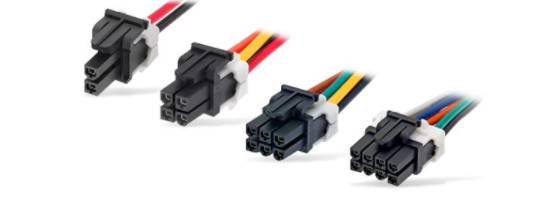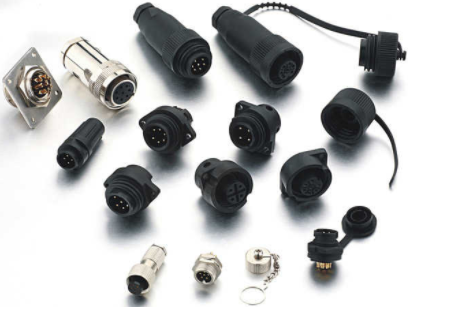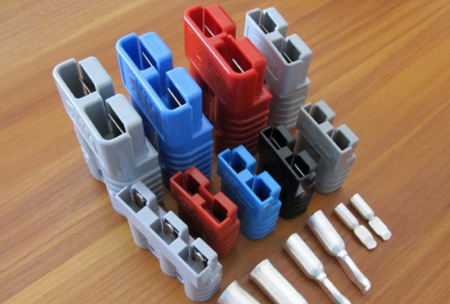The power connector is generally composed of a plug and a socket. The plug is also called a free connector, and the socket is also called a fixed connector. The connection and disconnection of circuits are realized through plugs, sockets, and plug and disconnect, thus producing various connection modes of plugs and sockets.

1, light power connector:
Lightweight power connectors can carry low currents up to 250V. However, if the contact resistance is not kept low and stable, the device’s ability to transmit current may be compromised. In addition, it is important to minimize the presence of external contaminants on connector contacts (such as dirt, dust and water) because components tend to oxidize and contaminants catalyze the process. Power connectors in automotive, radio and communication equipment and power connectors for basic instruments are classified as light power connectors.
2, medium power connector:
Medium power connectors can carry higher level currents up to 1000V. Unlike low-load connectors, medium transformers may suffer from electrical wear if contact materials are not carefully monitored to prevent unintentional welding and corrosion. Medium sizes can be found in a range of household and industrial applications.
3. Heavy-duty power connector:
Heavy-duty connectors carry high level current in the range of hundreds of kV. Because they can carry large loads, heavy-duty connectors are effective in large-scale distribution applications as well as in power management and protection systems such as circuit breakers.
4. AC connector:
The AC power connector is used to connect the device to a wall socket for power supply. In the type of AC connector, power plugs are used for standard-size equipment, while industrial AC power plugs are used for larger industrial applications.

5, DC connector:
Unlike AC connectors, DC connectors are not standardized. The DC plug is a variant of the DC connector that powers smaller electronic devices. Since THERE are different standards for DC plugs, do not accidentally use incompatible variants.
6. Wire connector:
The purpose of a wire connector is to join two or more wires together at a common connection point. Lug, crip, set screw, and open bolt types are examples of this variation.
7, blade connector:
The blade connector has a single wire connection – the blade connector is inserted into the blade socket and connects when the wire of the blade connector is in contact with the wire of the receiver.
8, plug and socket connector:
Plug and socket connectors are made up of male and female components that fit closely together. Plug, convex part, consisting of a number of pins and pins that lock securely to the corresponding contacts when inserted into the socket.
9, insulation puncture connector:
Insulated puncture connectors are useful because they do not require uncovered wires. Instead, the fully covered wire is inserted into the connector, and when the wire slides into place, a small device inside the opening removes the wire covering. The uncovered tip of the wire then makes contact with the receiver and transmits power.

In fact, there is no fixed classification of connectors, so this is only a partial classification. There are hundreds of thousands of connector types in the world, so it is difficult to categorize them. The above knowledge about power connectors hope to help you.
Post time: Nov-15-2021
